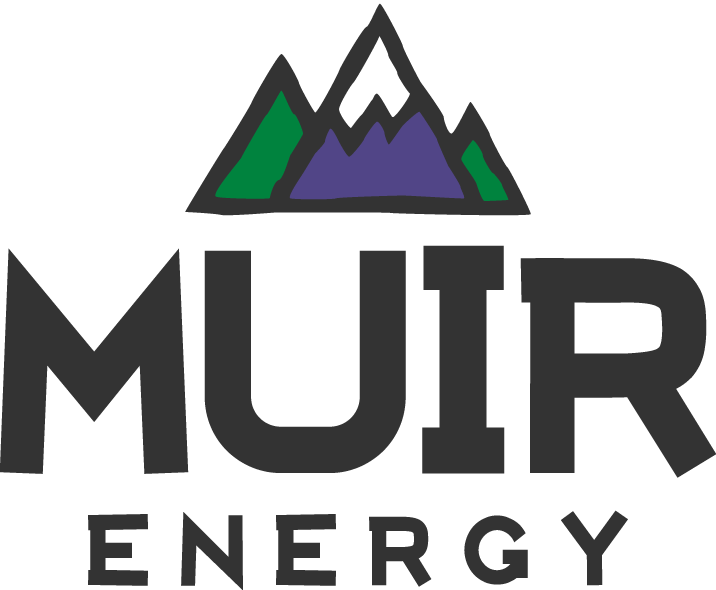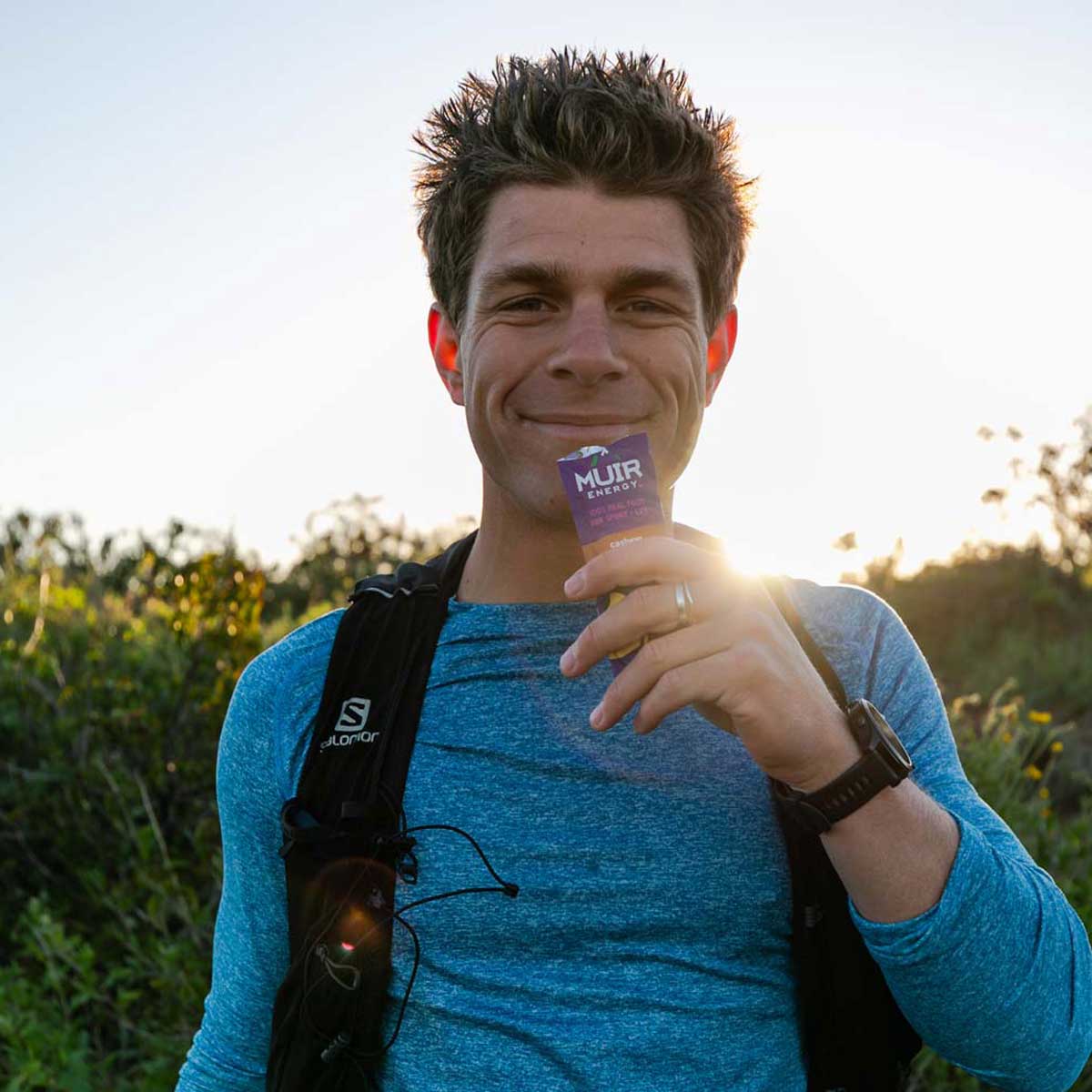By Dr. Zoe Caliendo, PT
Runners want to run! It is hard to take time away from running and apply it to strength training. Here are the top three reasons why strength training is a critical part of your running program:

Improved Running Economy and Vo2- Max
Research shows that strength training in runners improves running economy. Running economy is defined as the metabolic cost to cover a given distance at a constant speed4. This is measured by volume of oxygen consumption per unit of body mass required to run a kilometer. Okay, but what does that really mean?

When we improve our running economy, it leads to improved running efficiency and performance, which can be measured with a VO2-max test. This test reveals the maximum amount of oxygen your body is able to use during exercise. As your VO2-max improves, your overall performance improves–AKA run faster, more efficiently, and avoid bonking. Running economy and velocity at maximum oxygen use are considered to be the best performance predictors in elite distance runners 2.
Improved Maximum Strength and Reactive Strength Qualities
Strength training for runners improves reactive strength. Reactive strength shows athletes’ ability to change quickly from eccentric (muscle contraction) to a concentric (muscle lengthening) motion and their ability to develop maximal forces in minimal time 3. This translates to changing directions quickly, absorbing forces, and counter balance movements. These movements are critical for trail runners due to the constant variety and uneven nature of terrain.

Stable Body Composition
Let’s address the elephant in the room. Strength training does not mean that you are going to gain muscle mass. The number of sets and reps should correlate with your strength training goals. You can still stay lean AND lift heavy weights with a strength training program. Remember, strength training, when done correctly, will IMPROVE running performance.
Working with a Coach
If strength training is new to you, focus on addressing the right muscle groups, completing the proper sets and reps, and be CONSISTENT with your program. I would recommend working with a Physical Therapist or Personal Trainer to determine the strength program that is right for you. This training is a critical component to running longer and faster with fewer injuries.
A strength program for trail runners should be 2-3x per week for 8-12 weeks to see the full benefits.
Need help? Work with me.
About Zoe

Zoe is a Doctor of Physical Therapy who works primarily with outdoor athletes with PT and training. She completed her undergraduate work in exercise science before attending graduate school for Physical Therapy. Zoe offers free 15-minute consultations to see if her services are right for you.
Go to zoecaliendopt.com to learn more and schedule your appointment today, and follow @dr.zoe_caliendo.pt on Instagram.
- Balsalobre-Fernández C, Santos-Concejero J, Grivas GV. Effects of Strength Training on Running Economy in Highly Trained Runners: A Systematic Review With Meta-Analysis of Controlled Trials. J Strength Cond Res. 2016 Aug;30(8):2361-8. doi: 10.1519/JSC.0000000000001316. PMID: 26694507.
- Beattie, Kris1; Carson, Brian P.1; Lyons, Mark1; Rossiter, Antonia2; Kenny, Ian C.1 The Effect of Strength Training on Performance Indicators in Distance Runners, Journal of Strength and Conditioning Research: January 2017 - Volume 31 - Issue 1 - p 9-23 doi: 10.1519/JSC.0000000000001464
- Flanagan, E.P. and Comyns, T.M., 2008. The use of contact time and the reactive strength index to optimize fast stretch-shortening cycle training. Strength & Conditioning Journal, 30(5), pp.32-38.
- Shaw AJ, Ingham SA, Folland JP. The valid measurement of running economy in runners. Med Sci Sports Exerc 46: 1968–1973, 2014.











